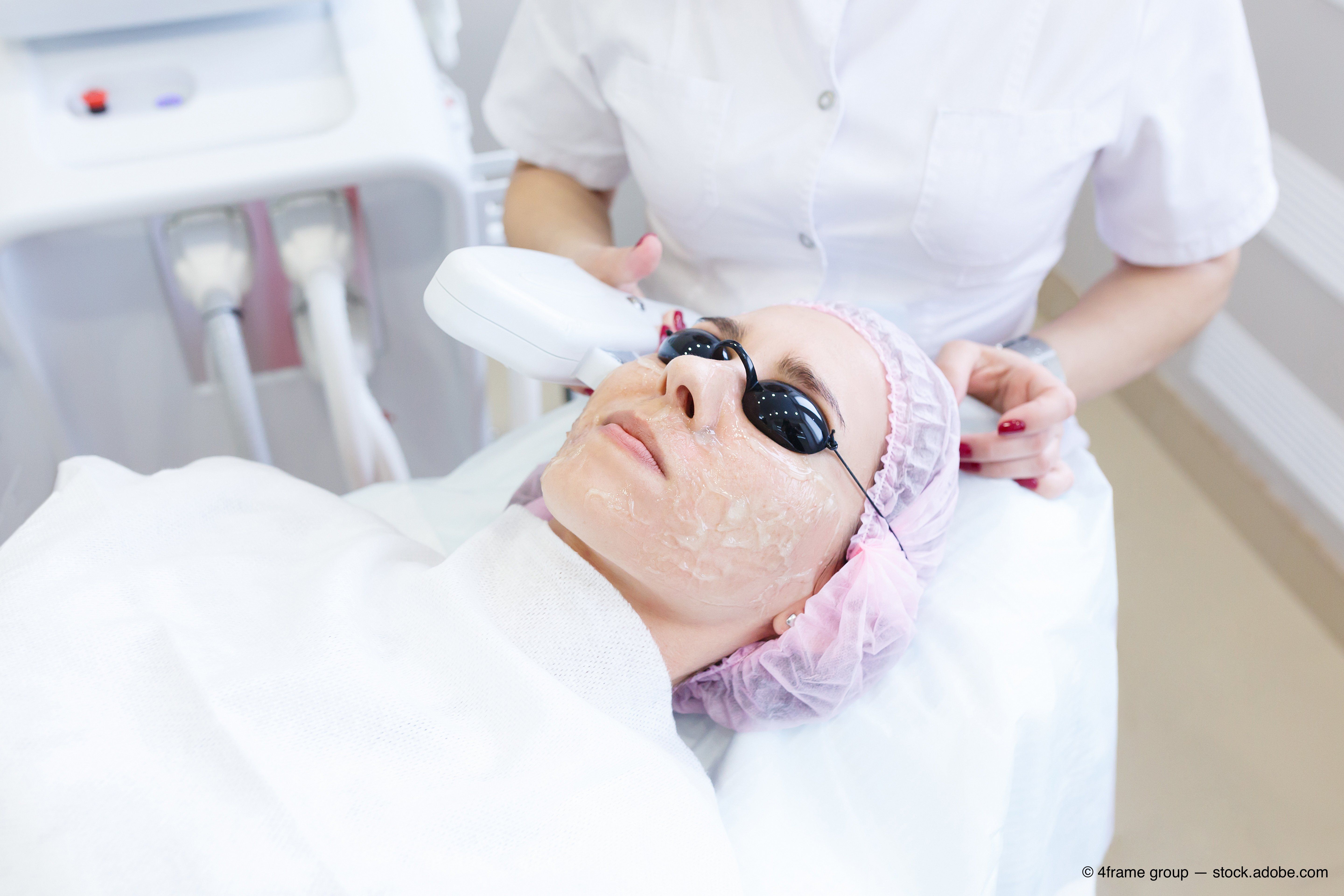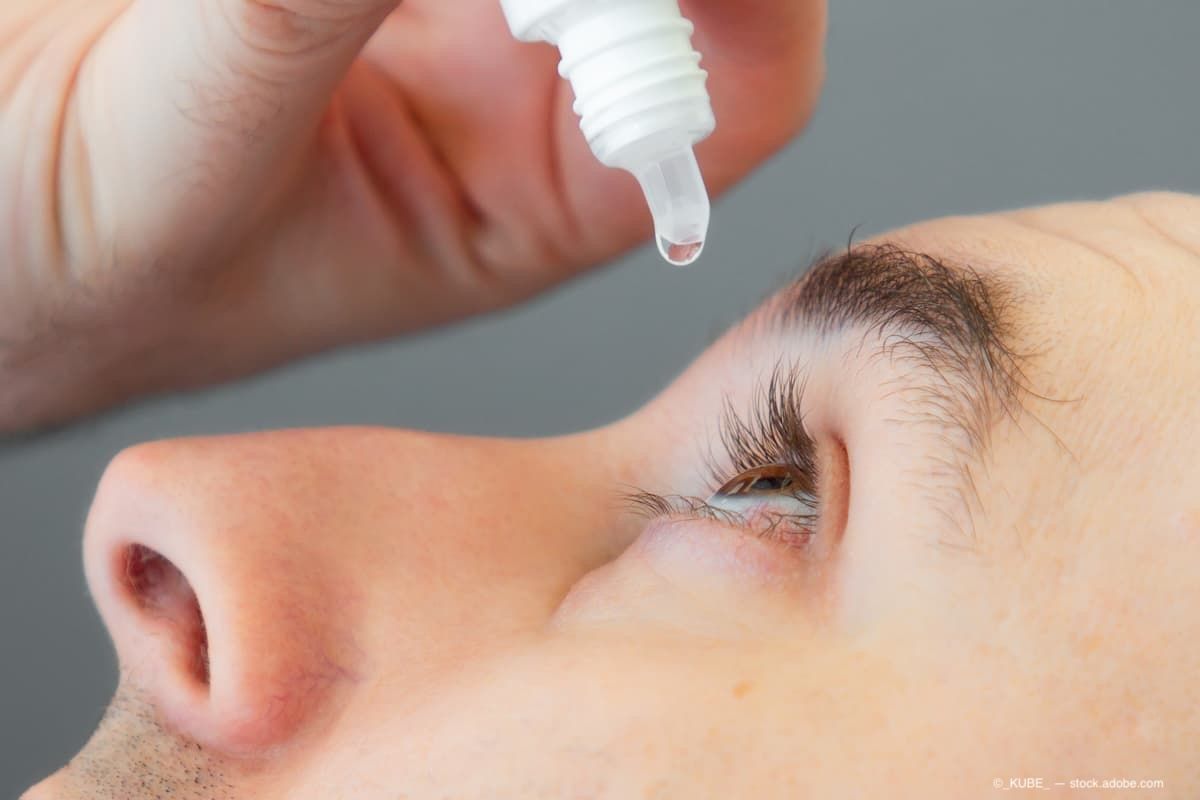Article
Understand the expanding role of IPL in dry eye disease
Author(s):

Intense pulsed light (IPL) treats the fundamental root cause of dry eye, not just the downstream consequences.
Editor’s Note: Welcome to “Let's Chat,” a blog series featuring contributions from members of the ophthalmic community. These blogs are an opportunity for ophthalmic bloggers to engage with readers with about a topic that is top of mind, whether it is practice management, experiences with patients, the industry, medicine in general, or healthcare reform. "Let's Chat" continues with this blog by Richard Adler, MD. The views expressed in these blogs are those of their respective contributors and do not represent the views of Ophthalmology Times or MJH Life Sciences.
Inflammation is widely understood to be an integral component in chronic dry eye disease (DED). More than two decades of research has helped elucidate the role of inflammation in instigating and perpetuating chronic dry eye.
It is now considered an accepted fact that chronic dry eye is a cyclical inflammatory process: Even short-term desiccating stress at the ocular surface increases osmolarity, causing an outflux of intracellular fluid, and thereby yielding cell shrinkage that leads to the release of inflammatory mediators (such as interleukin-6 and -8).
These mediators further decrease tear production while increasing osmolarity-which then restarts the cycle that culminates in hallmark symptoms of ocular surface discomfort and fluctuating visual acuity.1
Related: IPL + thermal pulsation: A thorough approach to dry eye
Meanwhile, a host of pro-inflammatory cytokines, chemokines, and their receptors have been implicated in playing a central role in disease progression.1
It seems that inflammatory processes are also relevant in the earliest stages: the prevailing theory at the current time regarding the initial cause of dry eye is that dysregulated immune system responses-in reaction to environmental or physiologic stressors-initiate and sustain the abnormal inflammatory cycle inherent to dry eye.1
What those of us who manage patients with dry eye can take away from all of this is that inflammation plays a key role in initiating, perpetuating, and causing dry eye progression.
As a result, if ophthalmologists are not treating the inflammation, we are not treating this disease.
Why IPL makes sense
The classic thinking around the use of intense pulsed light (IPL) in treating dry eye is that active signs of inflammation (such as facial and/or ocular rosacea and telangiectasia) or meibomian gland dysfunction (MGD) indicate the treatment might be successful.
While true, there is a wide range of patients for whom IPL is a good option. As has been learned over the past two decades, inflammatory processes are a common factor in all forms of dry eye-evaporative, and aqueous deficient alike.
In short, IPL works for dry eye because it has multiple mechanisms of action, many of which are important regardless of etiology:
• Light energy from IPL warms the meibomian glands, thereby facilitating expression of meibum. There is evidence that IPL helps restore the function and morphology of the meibomian glands.2
• The wavelength of light used in IPL is selectively absorbed by telangiectatic blood vessels, which coagulates them. This has a dual outcome, both destroying blood vessels that perpetuate inflammation and decreasing the levels of pro-inflammatory mediators that contribute to dry eye.2-5
IPL reduces the load of demodex mites that stimulate infection.6
• The light energy in IPL is absorbed by cytochrome C within the mitochondria, which is active in the electron transport chain (ETC). In turn, this improves adenosine triphosphate (ATP) production, which facilitates important cellular functions such as collagen synthesis in fibroblasts and motility in immunoregulatory cells.
As an additional note, IPL treatment also indirectly interrupts the dry eye inflammation cycle by reducing the osmolarity of the tear film to normal levels.7,8
Related: The role of IPL in OSD treatment
Technology
I have been using IPL with my dry eye patients since around 2010. I currently use the Optima IPL (Lumenis).
Over the past decade, clinical studies have demonstrated the effectiveness of Lumenis’ IPL platforms for treating DED.9-11
In my view, using Lumenis IPL technology has several advantages:
First, the company has been in the space for decades. There are no click fees or disposables associated with performing the treatment.
For those interested in using IPL in applications outside of eye care-including medical aesthetic-the Optima IPL is part of the modular aesthetic laser multi-application platform (M22), which allows a user to select and use different wavelengths of light.
With regard to the Optima IPL, specifically, the platform permits higher energy levels for effective treatment of inflammation while maintaining patient comfort with a unique cooling system. Individual pulses have higher energy as well.
A 10 J/cm2 setting is three pulses of 3.33 J/cm2, rather than five 2 J/cm2 pulses, as with other systems. The energy can also be lowered to treat fragile or sensitive skin, and is compatible with a wide range of tip sizes that allow ease of access around the tricky periocular anatomy.
Some of the features noted above speak to the broad applications of IPL in treating the skin on the face and around the eye, as well as for treating the ocular surface.
Related: Treating chalazion with IPL therapy
Choosing patients
But even within the category of ocular surface disease (OSD), there is wide range of patients for whom IPL makes sense. Generally speaking, patients who have tried traditional therapies and are still struggling may get relief from their dry eye symptoms with IPL.
On the other end of the spectrum, I have found that many newly diagnosed patients simply do not want to use pharmacotherapy, and so a device-based treatment offers a different yet equally effective approach.
Of course, there are myriad opportunities in between those two extremes.
The fundamental reason IPL is successful for dry eye is that it treats the upstream inflammatory root cause of DED- not just the downstream consequences, as its multiple mechanisms of action collectively interrupt the vicious inflammatory cycle that instigates and perpetuates dry eye.
It is an effective standalone procedure for patients suffering with aqueous deficient, evaporative, or mixed modal etiology dry eye.
But it can also easily be added to pharmacology or other device-based treatments in a multimodality approach to treating the multifactorial entity of DED.
Read more "Let's Chat" content here
Disclosures:
References:
1. Wei Y, Asbell PA. The core mechanism of dry eye disease is inflammation. Eye Contact Lens. 2014;40:248-256.
2. Yin Y, Liu N, Gong L, Song N. Changes in the meibomian gland after exposure to intense pulsed light in meibomian gland dysfunction (MGD) patients. Curr Eye Res. 2018;43:308-313.
3. Kassir R, Kolluru A, Kassir M. Intense pulsed light for the treatment of rosacea and telangiectasias. J Cosmet Laser Ther. 2011;13:216-222.
4. Papageorgiou P, Clayton W, Norwood S, Chopra S, Rustin M. Treatment of rosacea with intense pulsed light: significant improvement and long-lasting results. Br J Dermatol. 2008;159:628-632.
5. Liu R, Rong B, Tu P, Tang Y, Song W, Toyos R, Toyos M, Yan X. Analysis of cytokine levels in tears and clinical correlations after intense pulsed light treating meibomian gland dysfunction. Am J Ophthalmol. 2017;183:81-90.
6. Prieto VG, Sadick NS, Lloreta J, Nicholson J, Shea CR. Effects of intense pulsed light on sun-damaged human skin, routine, and ultrastructural analysis. Lasers Surg Med. 2002;30:82-85.
7. Toyos R, Briscoe D. The effects of intense pulsed light on tear osmolarity in dry eye disease. J Clin Exp Ophthalmol. 2016;7:619.
8. Dell SJ, Gaster RN, Barbarino SC, Cunningham DN. Prospective evaluation of intense pulsed light and meibomian gland expression efficacy on relieving signs and symptoms of dry eye disease due to meibomian gland dysfunction. Clin Ophthalmol. 2017;11:817-827.
9. Toyos R, McGill W, Briscoe D. Intense pulsed light treatment for dry eye disease due to meibomian gland dysfunction; A 3-year retrospective study. Photomed Laser Surg. 2015;33:41–46.
10. Yin Y, Liu N, Gong L, Song N. Changes in the Meibomian Gland After Exposure to Intense Pulsed Light in Meibomian Gland Dysfunction (MGD) Patients. Curr Eye Res. 2018;43:308-313.
11. Arita R, Mizoguchi T, Fukuoka S, Morishige N. Multicenter study of intense pulsed light therapy for patients with refractory meibomian gland dysfunction. Cornea. 2018;37:1566–1571.
Newsletter
Don’t miss out—get Ophthalmology Times updates on the latest clinical advancements and expert interviews, straight to your inbox.




